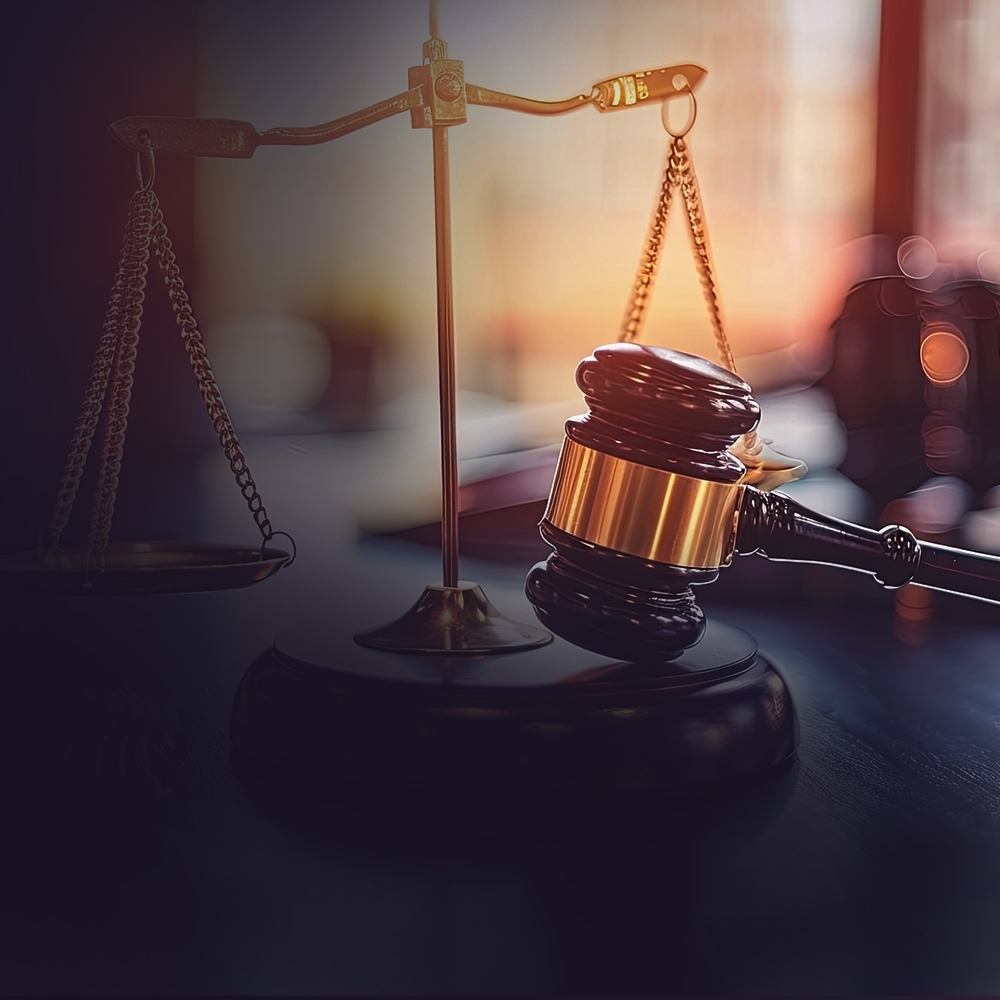11.01.2023
Trade marks can apply to words, logos, colours, shapes, drawings, even sounds and smells. They are a badge of origin that allows a customer to see a brand or product, recognise it and know how they can repeat that transaction again.
Thank you
A trade mark is a reference point for individuals over what they are trying to protect - a name, something they wish to sell, the name given to a product or the masthead of a series of products. Some bigger brands have sub-names and sub-brands, allowing them to build up a relevant trade mark portfolio and enjoy more protection.
Trade marks are usually one of the first elements people look to secure when they have created a new product or service. It is often the case that they might create a name, brand and look for their product before looking to secure a trade mark. However, if the trade mark is unavailable, they may have to begin the whole process again to secure a mark which fits with the product.
Unlike patents, you can potentially own a trade mark forever if you continue to pay the renewal fees every ten years.
Image courtesy of MaximalFocus on Unsplash

24.09.2025
Series Over: A New Era for UK Trade MarksThe UK Intellectual Property Office (UKIPO) is set to discontinue series mark applications as part of its ambitious digital transformation programme. This decision marks the end of a system that has been a “reasonably unique feature” of UK trade mark law for decades.

09.07.2025
New UKIPO Practice Amendment on overly broad specifications and bad faithThe UKIPO has issued a new Practice Amendment Notice (PAN 1/25) in response to the Supreme Court’s landmark ruling in the case SkyKick UK Ltd v Sky Ltd (2024 UKSC 36).
Thank you